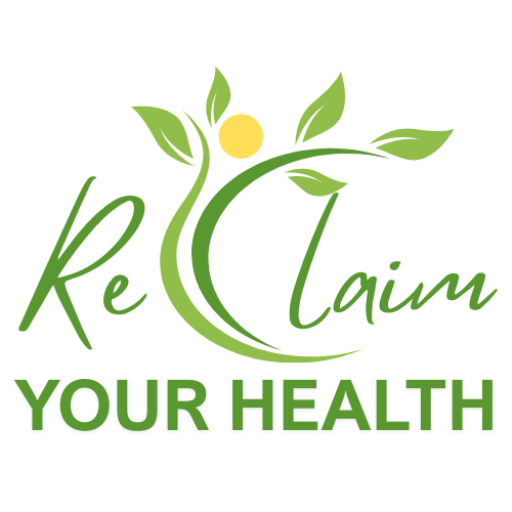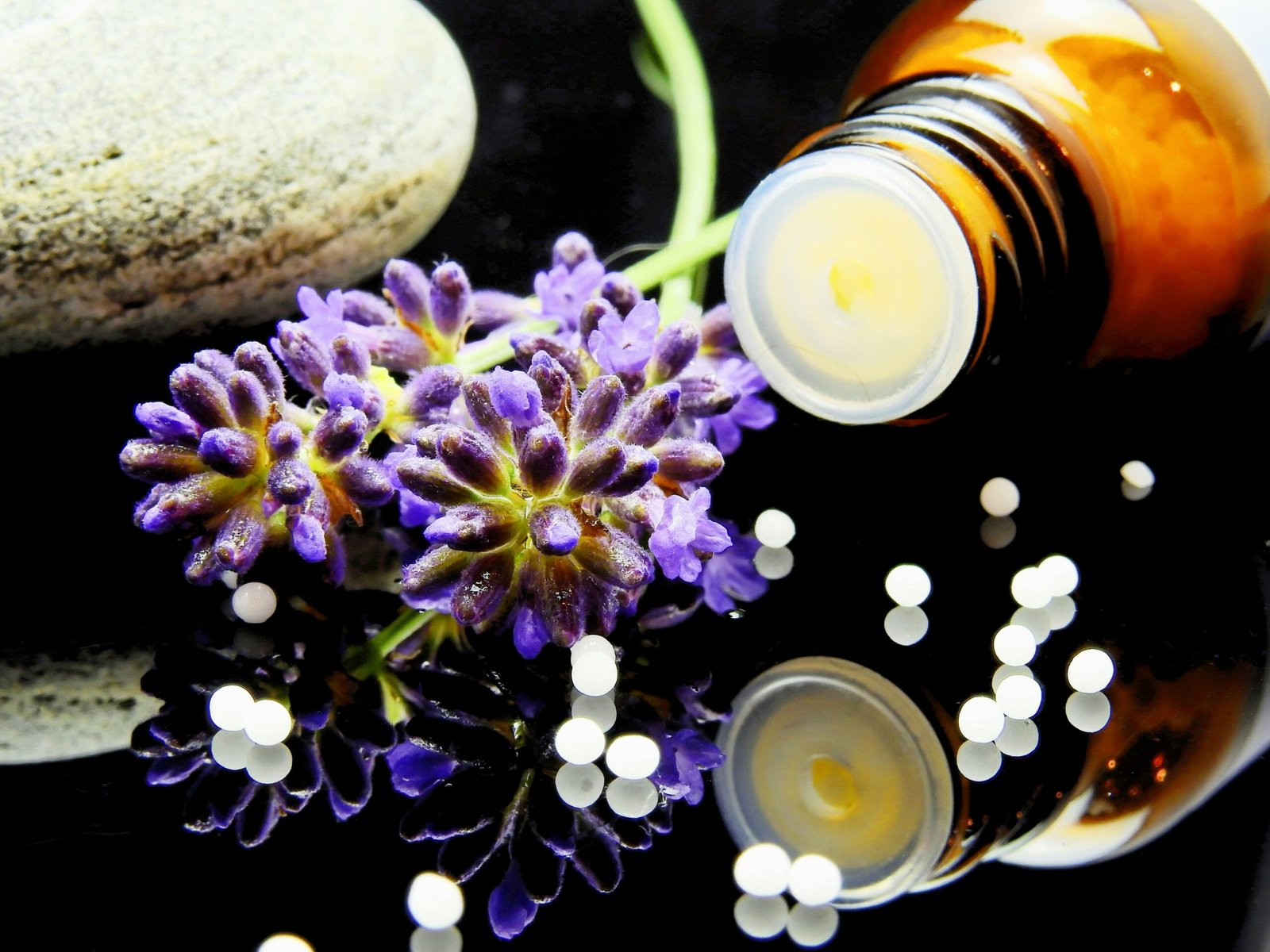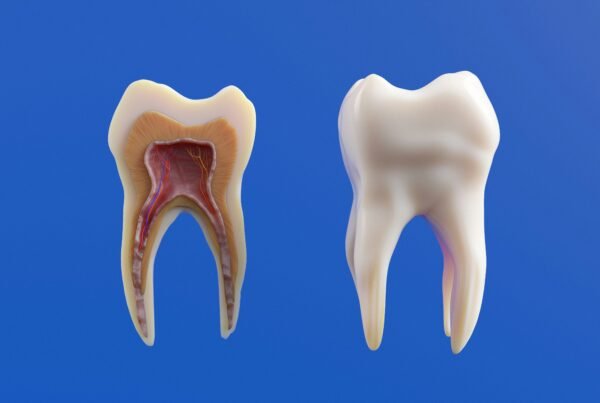Homeopathy is the art of treating disease through the principle of similars, better known as “like treats like”. While this principle has likely been known since ancient times, only relatively recently was Homeopathy itself established as a practice through the outstanding life’s work of a German doctor, Samuel Hahnemann. In this essay we will discuss the historical context of the development of Homeopathy from its earliest roots to the modern day.
Hahnemann himself (Haehl, 2001) readily admitted that he was not the discoverer of this principle and did not seek to claim credit for this. A student of the classics and able to read the original Greek, Hahnemann would have been familiar with the work of the “father of medicine”, Hippocrates (460-370 BC), who wrote, “disease is born of things, and by the attack of like things people are healed” (Hahnemann, 1996). Hippocrates is thought to have learnt medicine in Egypt, so we might trace knowledge of this principle back further still.
Almost two thousand years later, the genius physician and alchemist known as Paracelsus (Philippus Theophrastus Bombast von Hohenheim, 1493-1541) also wrote extensively about the principle of similars, or as he described it, “only the dose makes the poison” (Lockie, 1995). Paracelsus described five possible causes of disease and also explained that the root of a disease can sometimes lie in more than one cause (Hartmann, 1902):
1. Ens Astrale (astral causes);
2. Ens Venenale (poisons and impurities);
3. Ens Naturale (natural/inherited causes);
4. Ens Spirituale (spiritual and psychological causes); and
5. Ens Deale (divine causes – from breaking the laws of God/nature/karma)
Paracelsus further detailed five possible methods of treating disease (Sharan, 1986):
1. Naturale (treatment using the principle of opposites to balance the condition);
2. Specificie (treatment using remedies with specific affinities to the condition – homeopathy would fit into this category);
3. Characterales (treatment through the power of will, suggestion or inspiration);
4. Fideles (treatment through faith or magic); and
5. Spirituales (treatment through the keys of the mysteries of life).
In his writings, Paracelsus stated that each one of these alone was capable of treating disease that belonged to any of the five causes above (Hartmann, 1902). However, he developed a strong belief in the power of specific treatments above others and how specific plants or substances, which could often be identified through the doctrine of signatures, were able to stimulate the vital force to initiate healing. Paracelsus’ idea of vital force, which he referred to as archeus, was distinct to that of Galen – he described it more as a dynamic, intelligent power that was self-regulating and seated in the stomach (Wood, 2005). While his ideas on curing with similars were ridiculed by his peers, Paracelsus’ archeus became an influential concept for centuries to come and was thus important for the development of homeopathy as well as other fields including eclecticism and Thomsonian herbalism (Wood, 2005).
Returning now to Hahnemann, who, like Paracelsus, had become disillusioned with the questionable medical practises of his day, so much so that he gave up his lucrative medical career in order to avoid doing any more harm. It was through his work translating various medical texts that he came across a description of the Cinchona bark and was struck by the similarity of the symptoms caused by poisoning through this bark and the disease malaria, which was commonly treated by quinine derived from the same bark (Hahnemann, 1996). While this effect was attributed to the astringent and bitter properties of the bark, Hahnemann was not convinced that this was the entire explanation and proposed that there existed some curative power within the bark itself (Wood, 2005). Hahnemann then proceeded to investigate the properties of the bark further by taking it himself and recorded that he begun to experience the characteristic symptoms of malaria (Vermeulen, 2002). From this discovery, he proposed his first principle (Sharma, 2019):
“That which can produce a set of symptoms in a healthy individual, can treat a sick individual who is manifesting a similar set of symptoms”
Samuel Hahnemann
Despite opposition from the established medical practitioners of the time, homeopathy rapidly attracted a large following around the world due to its success in treating disease and soon became a genuine rival to orthodox medicine (Coulter, 1973). After Hahnemann’s death, his followers took over the mantle and set about developing the field further. Two of the most famous of these were Constantine Herring and James Tyler Kent. Both are still well-known in modern times; Herring for his Law of Cure and Kent for his Repertory which is still in use today. Kent was responsible for the movement towards higher potencies as machines to make this work more convenient were developed. This led to a split in homeopaths between the “high” and “low” prescribers and caused significant infighting in homeopathic circles (Castro, 1990). This was most pronounced in the US, where homeopathy had until this time been enjoying great success and expansion.
In response to the success of homeopathy, which by this time had begun to exceed the popularity of orthodox medicine, the American Medical Association (AMA) was founded in the mid19th century with one of its two main goals being to combat the “quackery” and “to stamp out the scourge of homeopathy” (Coulter, 1973). Their plans proceeded mostly unopposed due to the greater political organisation of the orthodox medical community compared to the in-fighting going on in homeopathic circles. In the early 20th century, the Flexner Report was commissioned by the AMA, funded by Andrew Carnegie and John Rockefeller, to survey and rate medical schools. This report greatly favoured the orthodox approach and gave consistently low reviews to the homeopathic schools (Coulter, 1973). The effects of this report resulted in the closure or homeopathic colleges and the decimation of the numbers of homeopaths themselves in the United States (Williams, 2011). In the years following this report, allopathic practitioners begun to implement some homeopathic remedies and principles into their work by using smaller doses. This integration (however corrupted and misunderstood) of homeopathic into orthodox practice was successful in further reducing the practice of homeopathy in the US.
Europe was less affected by the demise of homeopathy and has been a major site of resurgence in recent times (alongside India and other parts of Asia) (Williams, 2011). In the UK, when the National Health Service (NHS) was established in 1946, homeopathy was included as an approved mode of treatment, however its use in the NHS has steadily declined, with most of the homeopathic hospitals now closed. These days, homeopathy thrives through private practice in this country with numbers of trained homeopaths growing rapidly every year. While members of the public are increasing interested in trying what homeopathy has to offer, the practice is still viewed with distrust by the orthodox profession and often subject to ridicule in mainstream media. In India however, homeopathy is thriving, with over 300,000 full time homeopaths and forty medical schools (Castro, 1990).
References
Castro, M, 1990, The Complete Homeopathy Handbook: A Guide to Everyday Health Care, pages 7-10, Macmillan, London, UK
Coulter, H, 1973, Divided Legacy, pages 101 181-182, 446, North Atlantic Books, California, USA
Haehl, R, 2001, Samuel Hahnemann: His Life and Work, vol. 1, page 57, B. Jain, New Delhi, India
Hahnemann, S, 1996, Organon of the Medical Art, W. O’Reilly edition, pages xv, 57, Birdcage Books, Palo Alto, California, USA
Hartmann, F, 1902, The Life and Doctrines of Philippus Theophrastus Bombast of Hohenheim Known As Paracelsus, pages 240-284, Kessinger Legacy Reprints, USA
Lockie, A, Geddes, N, 1995, Homeopathy: The Principles and Practice of Treatment, page 10, Dorking Kindersley, London, UK
Sharan, F, 1986, Iridology: A Complete Guide, page 21, Wisdome Press, USA
Sharma, M, 2019, School of Health Naturopathy Course Notes, Homeopathy Module, page 22, The School of Health, Stroud, UK
Vermeulen, F, 2002, Prisma, page 442, Emryss, Haarlem, the Netherlands
Williams, L, 2011, Radical Medicine, page 412, Healing Arts Press, Vermont, USA
Wood, M, 2005, Vitalism: The History of Herbalism, Homeopathy and Flower Essences, pages 15, 40, North Atlantic Books, California, US





